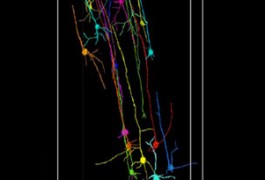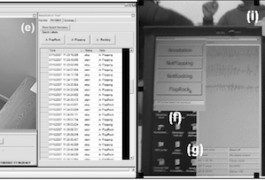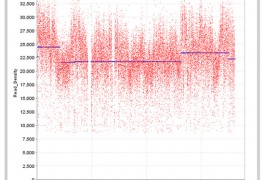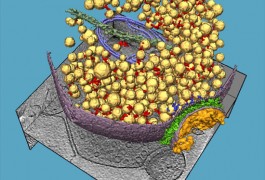Mapping the mind
Chinese researchers have developed a new imaging system, called micro-optical sectioning tomography or MOST, to generate a three-dimensional image of neurons in a whole mouse brain.
Emerging tools and techniques that may advance autism research.

Chinese researchers have developed a new imaging system, called micro-optical sectioning tomography or MOST, to generate a three-dimensional image of neurons in a whole mouse brain.

MIT researchers are testing a new device that analyzes rocking and other repetitive movements in people with autism.

The National Institutes of Health on 30 September launched a public database to catalog a particularly important type of genomic data: so-called ‘structural variations’ — large deletions, duplications and rearrangements of DNA.

Researchers have mapped unique identifiers in the regions around human genes that are at risk for duplication or deletion, allowing precise sequencing of nearly 1,000 genes for the first time, according to a paper published today in Science.

A clever new method records brain activity during live, back-and-forth social interactions and could help scientists study joint attention — the act of looking at an object the same time someone else does.

Among animal models of autism, the mouse reigns supreme. But could much simpler species — flies, bees, worms, fish — also teach us about the disorder?

A chilling new technique shows the intricate and coordinated activity of previously mysterious pieces of the synapse, the all-important junction between neurons that allows cells to talk to each other.






